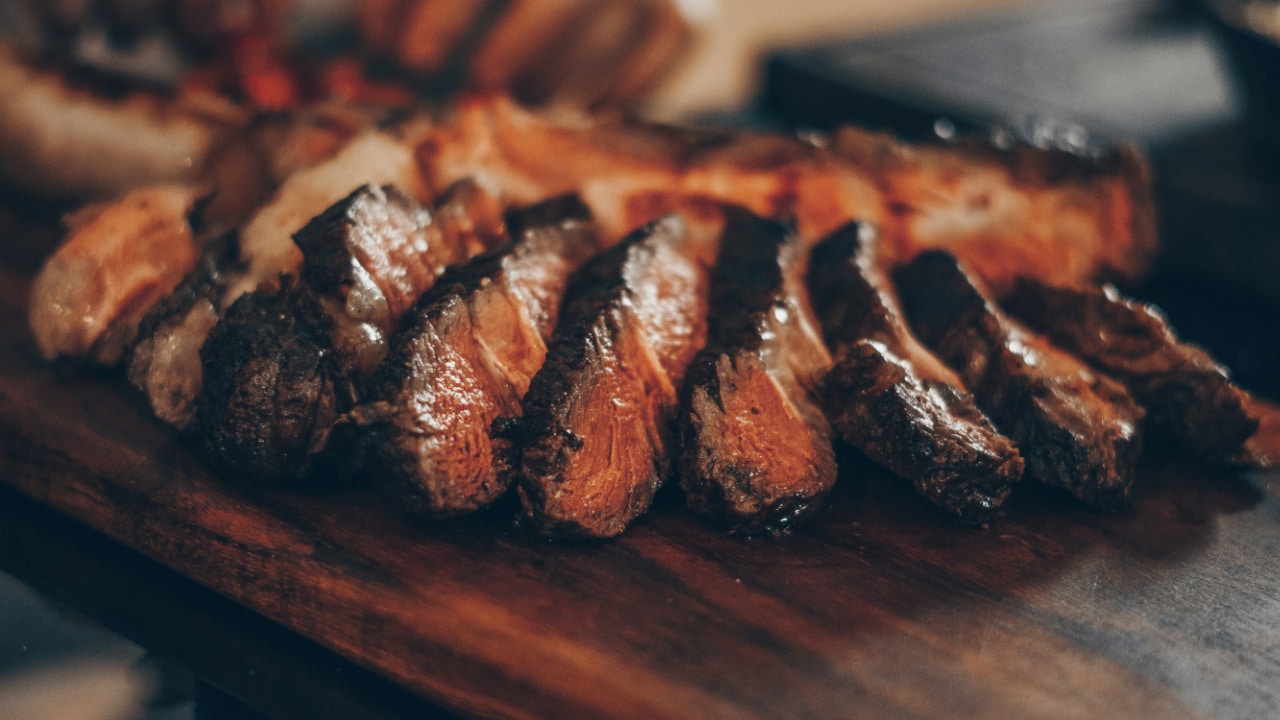Guadalajara Won the Guinness World Record for This Astonishing Mazapán Feat
People often think of Jalisco as the birthplace of two of Mexico’s most cherished exports: Tequila and mariachis. But there’s also a popular sweet treat that comes from the Mexican state. In fact — it’s the biggest of its kind in the world.
Candy makers in Jalisco currently hold the Guinness World Record for the world’s biggest peanut mazapán. In 2018, confectioners Dulces de la Rosa put together an 8.3-tonne peanut mazapán in Guadalajara.
They also set the record for the world’s largest marshmallow in July with the candy weighing more than a grand piano.
Dulces de la Rosa created a giant mazapán for its 75th anniversary that shocked the world
The company is based in the central state of Jalisco, making its famous mazapán for over 75 years. To celebrate its 75th anniversary in 2018, the confectioners decided to shoot for the Guinness World Record.
Over 100 people sculpted eight tons of toasted ground peanuts, sugar, flavorings, and some water together into the final product. It took 11 days of planning and over three hours of work, but eventually, the giant mazapán stood before them at almost 10 feet in diameter and four feet tall.
If you’ve eaten a mazapán before, you know just how delicate these crumbly treats are. One wrong bite and you’ll have nothing but dust in your hands. That’s also what some on social media were pointing out after its unveiling.
On X, many people joked that Mexico found a way to level-up the rest of the world with this crafted candy. And Guadalajara came through.
The origins of the treat are still a mystery, with diverse places claiming its origin
Mazapán is as sweet as its intricate history. Some sources have traced its roots to Lübeck, Germany. The story there says the local government stepped in and ordered bakers to make something that could substitute bread. Eggs, sugar, and almonds were all they had.
The German city even has a Lubecker Marzipan Association to preserve the integrity of their marzipan. According to their recipe, it needs a minimum ratio of 30 percent sugar to raw almond paste.
In Mexico, the mazapán recipe differs slightly. Introduced by the Spanish settlers, Mexican candy-makers like de la Rosa make their mazapán with ground peanuts and powdered sugar. In other countries, like Venezuela, the candy is made with cashews instead. In the Philippines, they use the pili nut to make their version.
All we know for sure is, we’d have loved a bite out of that giant mazapán!




